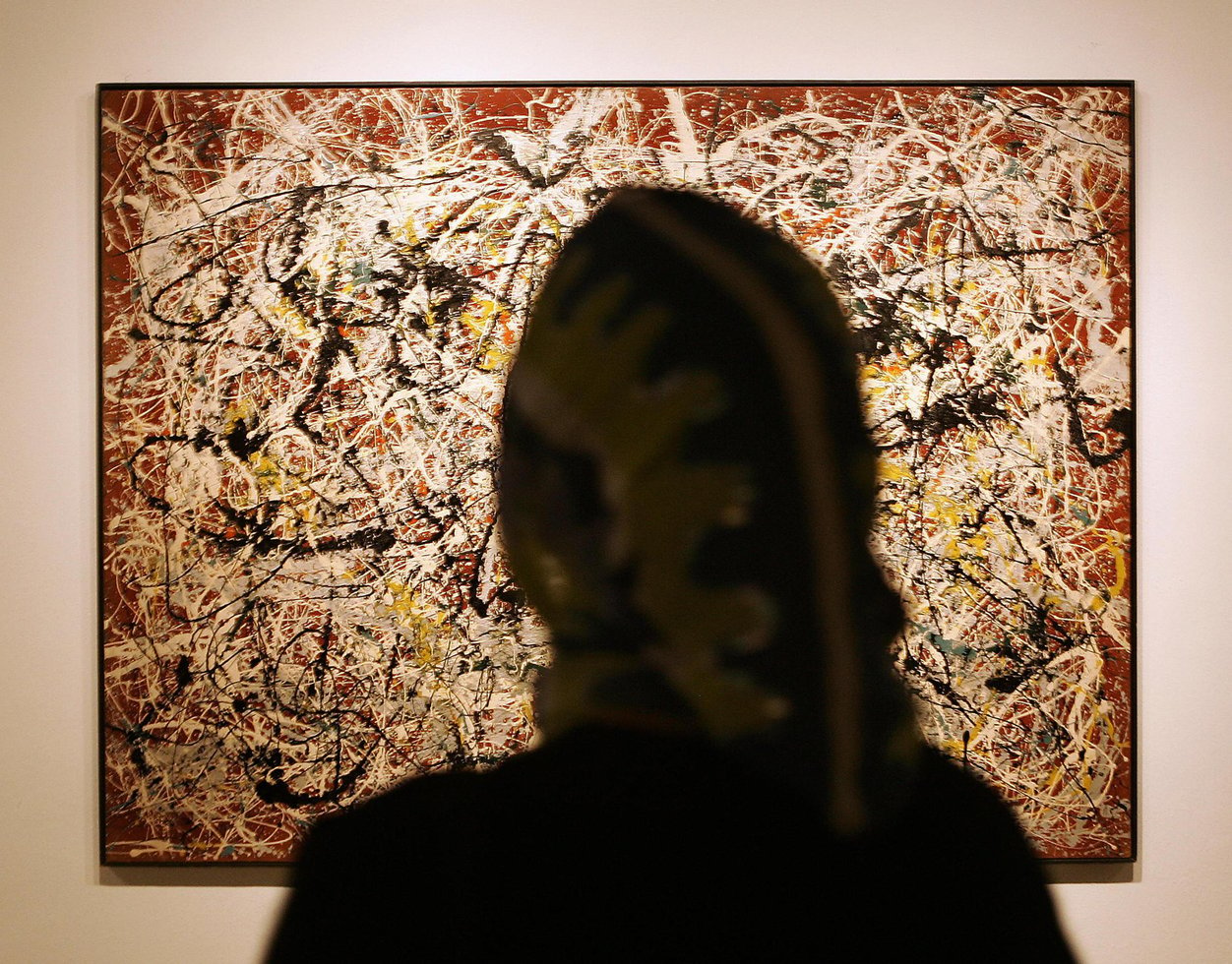Closer Look
Opinion: A portrait of U.S. health care

Behrous Mehra/AFP via Getty Images
What makes the American health care system like a Jackson Pollock painting? Start with the chaos of color surrounding white space, Chris Dodd, an internal medicine physician and clinical instructor at the University of Washington School of Public Health, writes in a STAT First Opinion. Those splashes are the health care venues and resources we have; the white space stands for gaps that keep people from finding what they need to improve their health. Some efforts to coordinate care delivery fill some of those gaps, but they often focus on one organ, one disease, one solution.
Colorful metaphor aside, Dodd thinks there's a better way, and he sees it in a federally qualified community health center (to which he has no ties). Seattle-based Sea Mar Community Health Centers has built four pillars: access, trust, primary care, and value-based reimbursement. But much of that is more easily said than done. Read more.
reproductive health Birth outcomes for same-sex lesbian couples using ART better than for heterosexual couples
Pregnancies achieved through assisted reproductive technologies carry the risk of worse outcomes compared to natural conception, but a new research letter in JAMA suggests the reason is infertility, not ART. The researchers analyzed birth records in Sweden, where since 2005, public funds have paid for same-sex lesbian couples to receive ART treatments with donated sperm. Looking at birth weight, gestational age, low birth weight, and preterm delivery, they found that same-sex lesbian couples undergoing ART had more favorable or similar birth outcomes compared to heterosexual couples who conceived naturally or underwent ART to conceive.
That implicates infertility-related factors rather than reproductive treatments in higher rates of adverse birth outcomes in ART pregnancies. Caveats: Infertility was not directly assessed in the study of medical records, and the number of same-sex couples in the study was small (868) compared to more than 23,000 heterosexual couples using ART and more than 450,000 conceiving naturally.
legal
J&J proposes paying $8.9 billion to settle Baby Powder lawsuits
The long-running battle over Johnson & Johnson's widely used Baby Powder has taken another turn. Yesterday J&J agreed to pay $8.9 billion to settle tens of thousands of lawsuits alleging that talc in its Baby Powder and other products caused gynecological cancers and mesothelioma, Reuters reports. The agreement, which more than quadruples the company's original offer of $2 billion, follows a January appeals court ruling rejecting J&J's controversial "Texas two-step" bankruptcy maneuver. That legal move sought to switch the talc liability to a subsidiary, which would immediately file for Chapter 11.
That subsidiary, LTL Management, filed for bankruptcy protection late yesterday for a second time and planned to submit a proposed settlement to which 60,000 talc claimants had agreed to the proposal. It said in a court document that the new filing would not run afoul of the January ruling because of different financing arrangements. J&J has repeatedly said that its talc-containing products are safe and do not cause cancer.


No comments